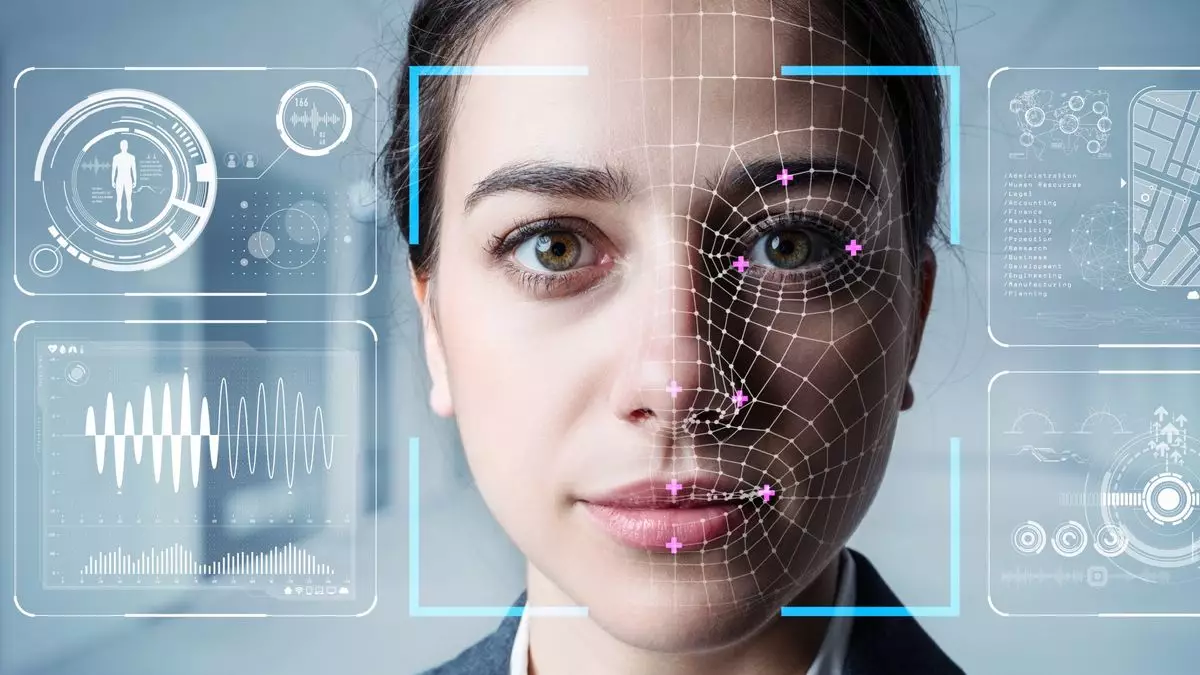The landscape of air travel is poised for a radical transformation, with stakeholders in the aviation sector predicting a swift transition toward touchless and biometric identification technologies. As air travel becomes increasingly integral to personal and business life, the integration of these technologies represents a leap toward enhanced efficiency and passenger experience. This article will explore the imminent changes in airport systems, the challenges ahead, and the public sentiment surrounding biometrics in air travel.
Accelerated Adoption of Touchless Technology
Experts believe that within the next few years, U.S. airports will usher in a new era of digital and touchless identification processes. Such advancements are expected to streamline the passenger experience from check-in to boarding. According to Donnie Scott, CEO of Idemia North America, the implementation of end-to-end digital airport journeys is almost a certainty. This shift is not only about convenience; it’s an inevitability shaped by technological necessity and consumer expectations.
Those traveling with enrolled airlines, particularly participants in programs like TSA PreCheck, may soon enjoy a hands-free experience at several major airports. The complete digital journey is characterized by facial recognition at various checkpoints including baggage drop, security scans, and boarding gates. It’s also noteworthy that international travelers will benefit from similar advancements, integrating digital passport verifications into the new systems.
Presently, qualified travelers utilizing the Global Entry program can take advantage of hands-free re-entry into the United States. By simply positioning for a photo at a kiosk—automatically matched with information stored in the Global Entry database—they bypass traditional passport checks entirely. This existing model serves as a precursor to a larger rollout of touchless identification security protocols across airports.
Recent pilot initiatives involving touchless security lanes have shown promising results. According to Jason Lim from the TSA, these lanes currently operate at nine airports, focusing first on the frequent flyer demographic. Notably, the process has been timed at an average of eight seconds per passenger, significantly faster than traditional methods where manual ID verification takes up to twenty seconds. This shift not only improves efficiency but also reduces congestion at security checkpoints.
Overcoming Challenges in Implementation
However, while the technological advancements in biometric screening are notable, the broader challenge lies in implementation. Lim emphasizes that the primary hurdles involve “processes and people” rather than the technology itself. Changing the logistics of airport operations to accommodate touchless systems will require extensive coordination between airport authorities, airlines, and the TSA.
Training personnel and educating travelers about new processes are critical components for successful transitions. Moreover, funding remains a significant obstacle for the TSA and other agencies involved in deploying these biometric systems. Budget constraints and redirection of tax revenues for other governmental uses hinder the rollout of these technologies, leading to potential delays in fully realizing the vision for biometric-enabled airports.
Despite funding challenges and logistical hurdles, there appears to be a favorable public attitude toward biometric technology in airports. A recent study revealed that a substantial majority of air travelers—approximately 79%—support its usage at TSA checkpoints. Nevertheless, active opposition exists, primarily from privacy advocates who are concerned about the implications of facial recognition technologies. Each Congressional session brings about attempts to restrict the federal use of such technologies, highlighting an ongoing debate over privacy and security.
Airlines are taking notice of public sentiment and adapting their services accordingly. For instance, Alaska Airlines is at the forefront of adopting touchless interactions. Their plans include offering biometric remote check-ins and further expanding into TSA’s touchless identity programs across key airports. Leadership in these initiatives demonstrates an understanding that efficiency aligns with consumer desires for convenience without compromising privacy.
Future Outlook: Digitization and Consumer Choice
As we look to the future, the integration of mobile ID verification represents a promising solution to balance security and privacy. With 12 states already issuing digital IDs that can be utilized at TSA checkpoints, travelers could soon enjoy digital identity verification at every touchpoint in their airport experience. This approach not only alleviates the hassle of presenting physical IDs but also addresses privacy concerns, allowing travelers to choose how they authenticate themselves.
The push toward touchless technology at airports signals a broader metamorphosis in air travel, balancing user demand for efficiency with necessary considerations of security and privacy. As airlines and agencies overcome barriers to implementation, the next decade promises a redefined journey through airports—one where digital interactions seamlessly integrate into the traveler’s experience. The embrace of biometric verification is no longer a distant ambition; it’s an imminent reality.

